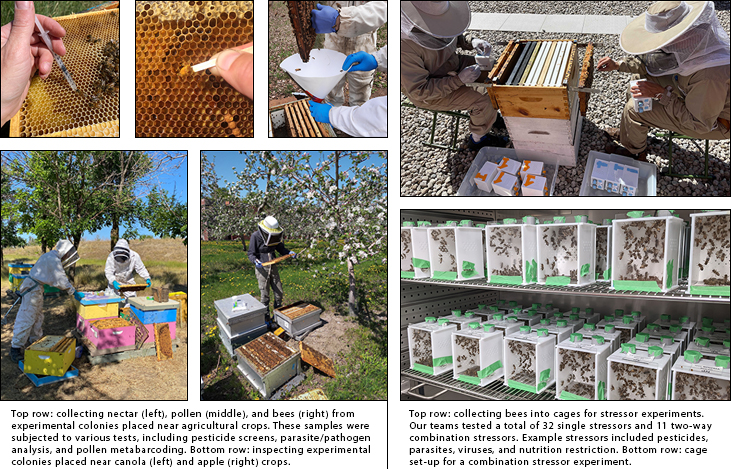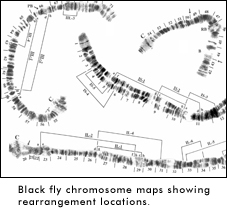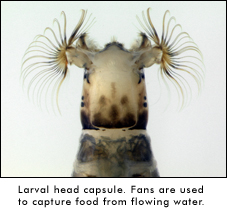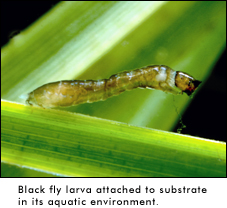Research
Bees
I was the Research Project Manager (from 2019-2024) for a national Genome Canada-funded initiative called BeeCSI: ‘omic tools for assessing bee health.
 When Canada’s honey bees are healthy and thriving, they produce honey and pollinate valuable crops. But, the health of honey bees is declining, with beekeepers losing more than a quarter of their colonies every winter. Left unchecked, these declines will threaten a $5.5 billion/year sector of Canada’s agroeconomy. The causes of honey bee declines are complex, variable over space and time, and often difficult to identify. Beekeepers and government regulators lack the appropriate tools to quickly diagnose and differentiate among the multiple stressors impacting colonies, which has hindered their ability to manage and improve bee health. Our Genome Canada funded project aims to improve the health of honey bees by developing BeeCSI - a new health assessment and diagnosis platform powered by stressor-specific biomarkers.
When Canada’s honey bees are healthy and thriving, they produce honey and pollinate valuable crops. But, the health of honey bees is declining, with beekeepers losing more than a quarter of their colonies every winter. Left unchecked, these declines will threaten a $5.5 billion/year sector of Canada’s agroeconomy. The causes of honey bee declines are complex, variable over space and time, and often difficult to identify. Beekeepers and government regulators lack the appropriate tools to quickly diagnose and differentiate among the multiple stressors impacting colonies, which has hindered their ability to manage and improve bee health. Our Genome Canada funded project aims to improve the health of honey bees by developing BeeCSI - a new health assessment and diagnosis platform powered by stressor-specific biomarkers.
Led by Professors Amro Zayed (York University) and Leonard Foster (University of British Columbia), our team of researchers from 5 provinces across Canada are performing several field and lab experiments exposing honey bees to different stressors known to affect colony health (e.g., agrochemicals, parasites, pathogens, malnutrition). From these experiments, our team will measure changes in gene and protein expression and the gut microbiome to identify biomarkers for specific stressors. Our biomarkers can then be used to quickly screen for stressors affecting bees before colonies decline.
In parallel, our team is collaborating with the Ontario Beekeepers Association Tech Transfer Team to run a pilot project in Ontario that will: 1) assess the value of traditional and BeeCSI diagnostics in managing honey bee health; and 2) develop best practices guidelines for implementing BeeCSI tools. By the end of the project, we envision a system where beekeepers send their bees for biomarker testing and then receive a report containing: 1) a full health assessment; and 2) information on effective management strategies to implement in living colonies and improve overall health.
-------
Black Flies
As a BSc in Zoology and a PhD in Evolutionary Biology, I am fascinated with biodiversity and the evolutionary processes driving speciation. This passion has directed my research toward questions like: What is a species? Which intrinsic and/or extrinsic factors promote or impede the formation of new species? Do the factors interact with one another? To answer these broad questions in systematics, I analyse genomic and spatial datasets using methods based in phylogenetics, population genetics, and landscape genetics.
My PhD research focuses on speciation in black flies (Diptera: Simuliidae). Speciation is increasingly viewed as a continuum, rather than a discrete event. The process can be seen in nature as a continuum of divergent forms, ranging from polymorphic populations and races through to distinct species. Thus, to fully appreciate the speciation process, one must examine lineages at various stages along the continuum of divergence (Coyne and Orr, 2004; Hendry et al., 2009; Mallet, 2008).
Chromosome rearrangements can drive divergence between populations, thereby facilitating speciation (Hoffmann and Rieseberg, 2008). In my thesis, I use members of a black fly species complex to investigate genetic and ecological divergence along a chromosomally defined continuum of speciation. Each thesis chapter moves along this continuum, focusing on lineages at different stages of chromosome divergence. In thesis Chapter 2, I assess population structure, gene flow, and maternal ancestry among allopatric and sympatric members of the Simulium arcticum species complex. For this study, I focus on the entire continuum of chromosome divergence. Using microsatellite and mitochondrial DNA (mtDNA) markers, I show that molecular divergence tends to track chromosome divergence along the continuum of speciation for black flies.


 In Chapter 3, I shift my attention to the intermediate stages of chromosome divergence with a case study of hybridization between two sibling species. Lineage diversification across a contact zone is investigated using both genetic and ecological tools, including microsatellites, mtDNA, and niche models. Although S. arcticum sensu stricto and S. saxosum maintain the potential to interbreed freely, I discover that habitat associations and, perhaps, chromosome systems prevent expansion of ranges and assimilation of lineages.
In Chapter 3, I shift my attention to the intermediate stages of chromosome divergence with a case study of hybridization between two sibling species. Lineage diversification across a contact zone is investigated using both genetic and ecological tools, including microsatellites, mtDNA, and niche models. Although S. arcticum sensu stricto and S. saxosum maintain the potential to interbreed freely, I discover that habitat associations and, perhaps, chromosome systems prevent expansion of ranges and assimilation of lineages.
In Chapter 4, I explore the role ecology plays in diversification of members of the S. arcticum complex representing the entire spectrum of chromosome diversity. I find that all sibling species are ecologically unique based on niche models. At a finer geographic scale, chromosomal forms show various degrees of ecological divergence, possibly associated with flow characteristics of streams. For members of the S. arcticum complex, ecological and chromosomal differences develop early in lineage formation, even before strong genetic differences at microsatellite and mtDNA loci are apparent. Ecological distinctiveness of S. arcticum taxa suggests that local adaptation may be involved in diversification of chromosomal forms.
In Chapter 5, I shift my focus along the speciation continuum to intermediate and later stages of chromosome divergence. Using seven newly developed nuDNA markers, four mtDNA genes, and various coalescent-based methods, I investigate origins and relationships of sibling species. The last common ancestor of the S. arcticum complex underwent rapid diversification into at least seven genetically distinct lineages during the Pleistocene. That is, sibling species' unique chromosome systems, ecologies, and molecular genetics became established during periods of allopatry imposed by the most recent cycle of Pleistocene cooling. With the retreat of glaciers, geographic barriers subsided, allowing dispersal and subsequent contact between differentiated lineages. However, admixture associated with geographic range expansions may be assimilating S. arcticum complex sibling species into a single genetic lineage.
Coyne JA, and Orr HA, 2004. Speciation. Sinauer Associates Inc, Sunderland, MA.
Hendry AP, Bolnick DI, Berner D, and Peichel CL, 2009. Along the speciation continuum in sticklebacks. Journal of Fish Biology 75, 2000-2036.
Hoffmann AA, and Rieseberg LH, 2008. Revisiting the impact of inversions in evolution: from population genetic markers to drivers of adaptive shifts and speciation? Annual Review of Ecology, Evolution, and Systematics 39, 21-42.
Mallet J, 2008. Hybridization, ecological races and the nature of species: empirical evidence for the ease of speciation. Philosophical Transactions of the Royal Society B: Biological Sciences 363, 2971-2986.


